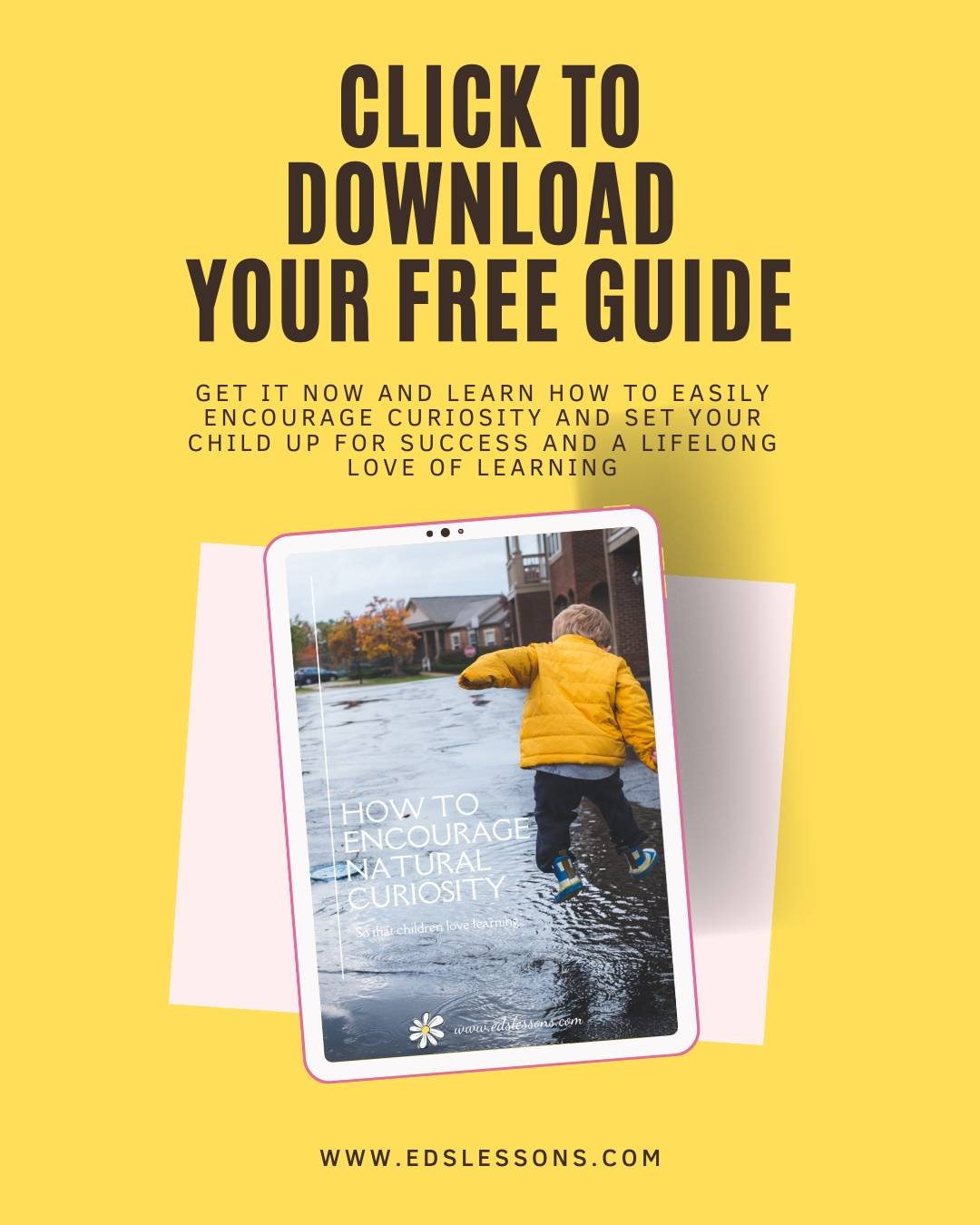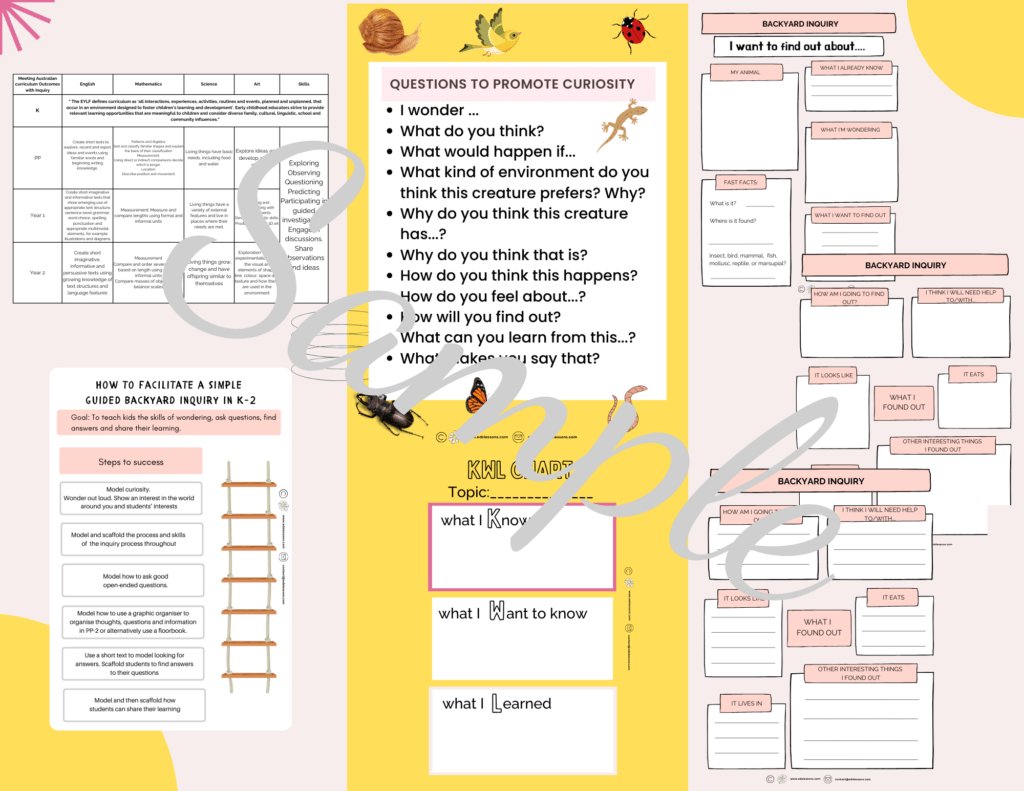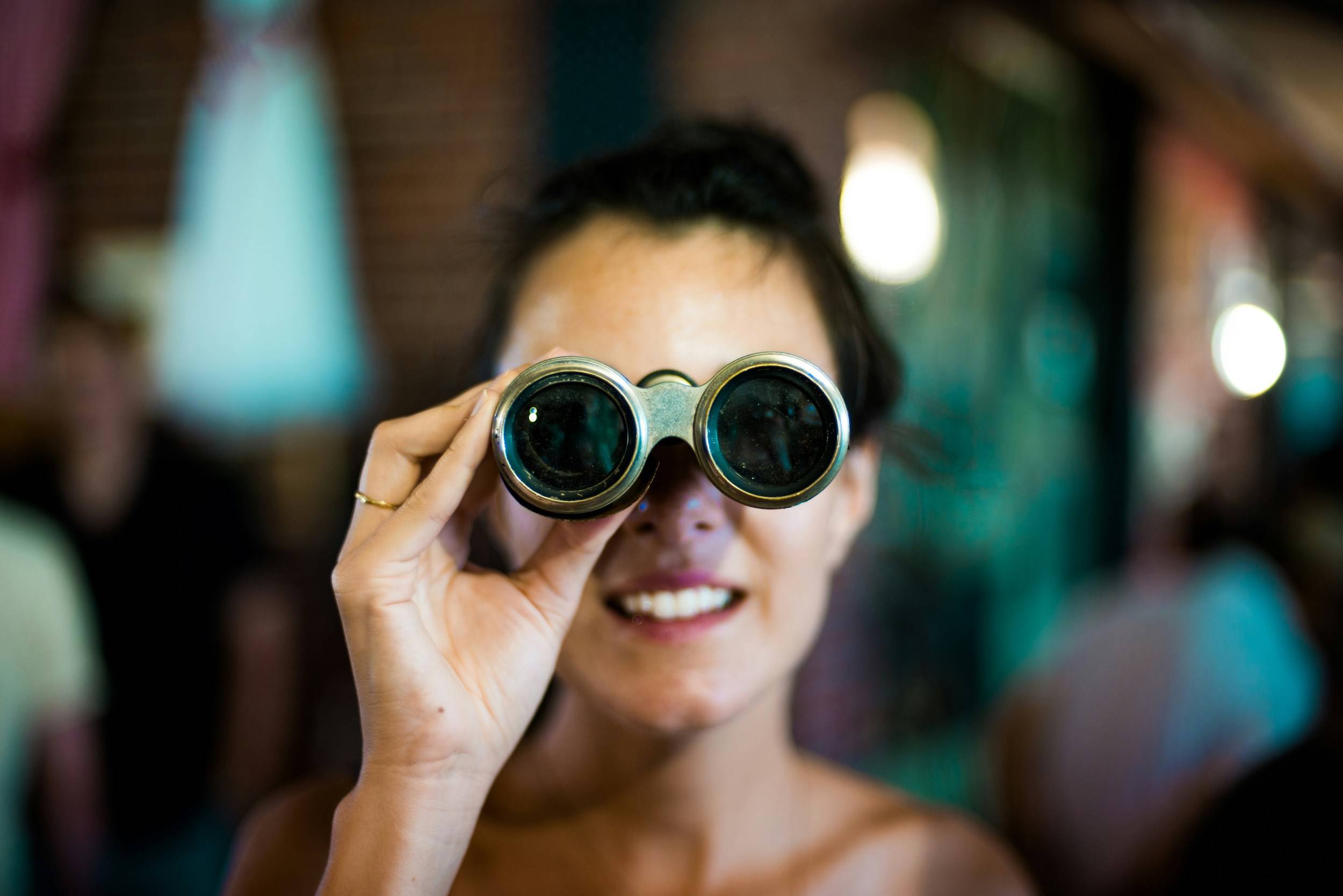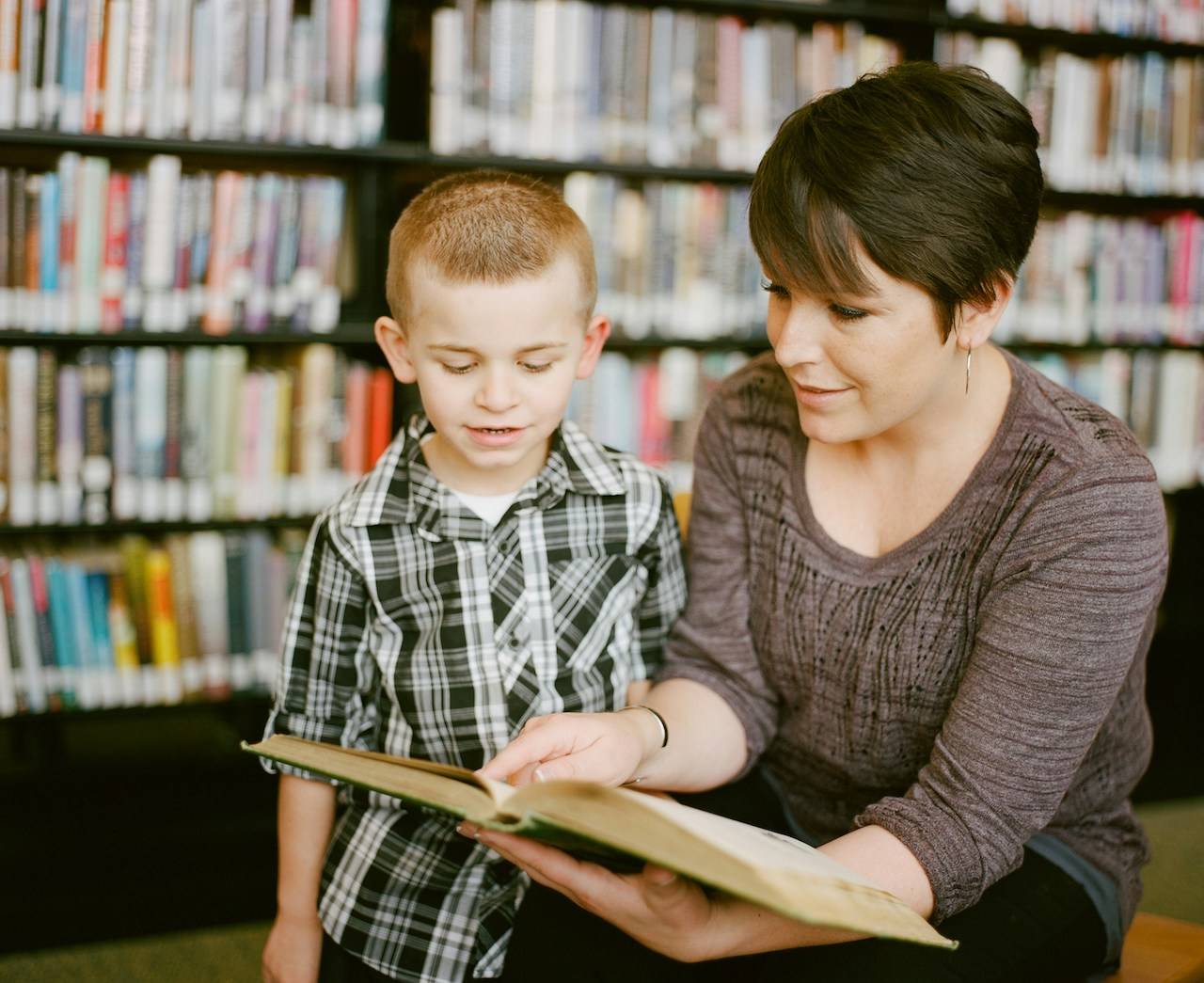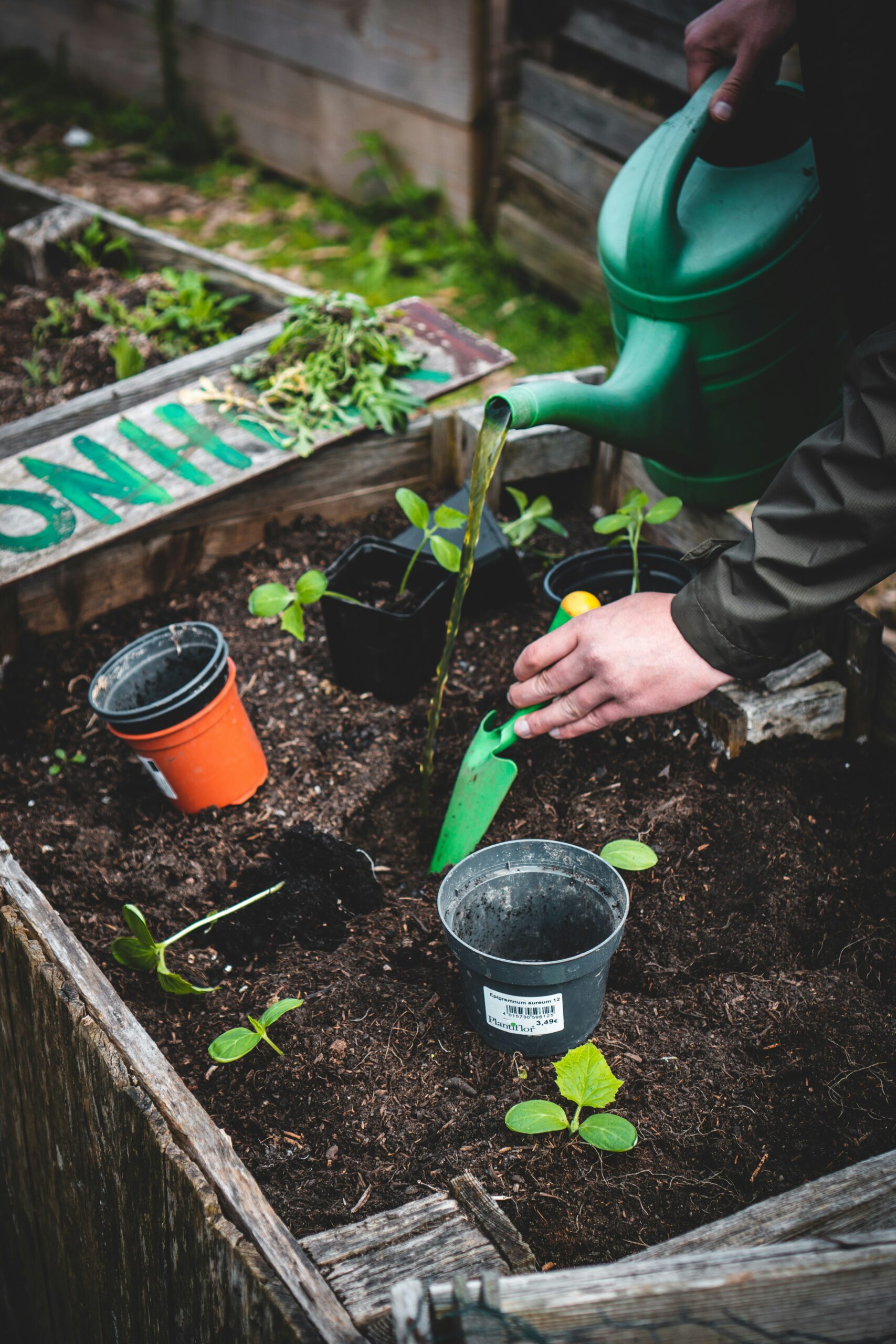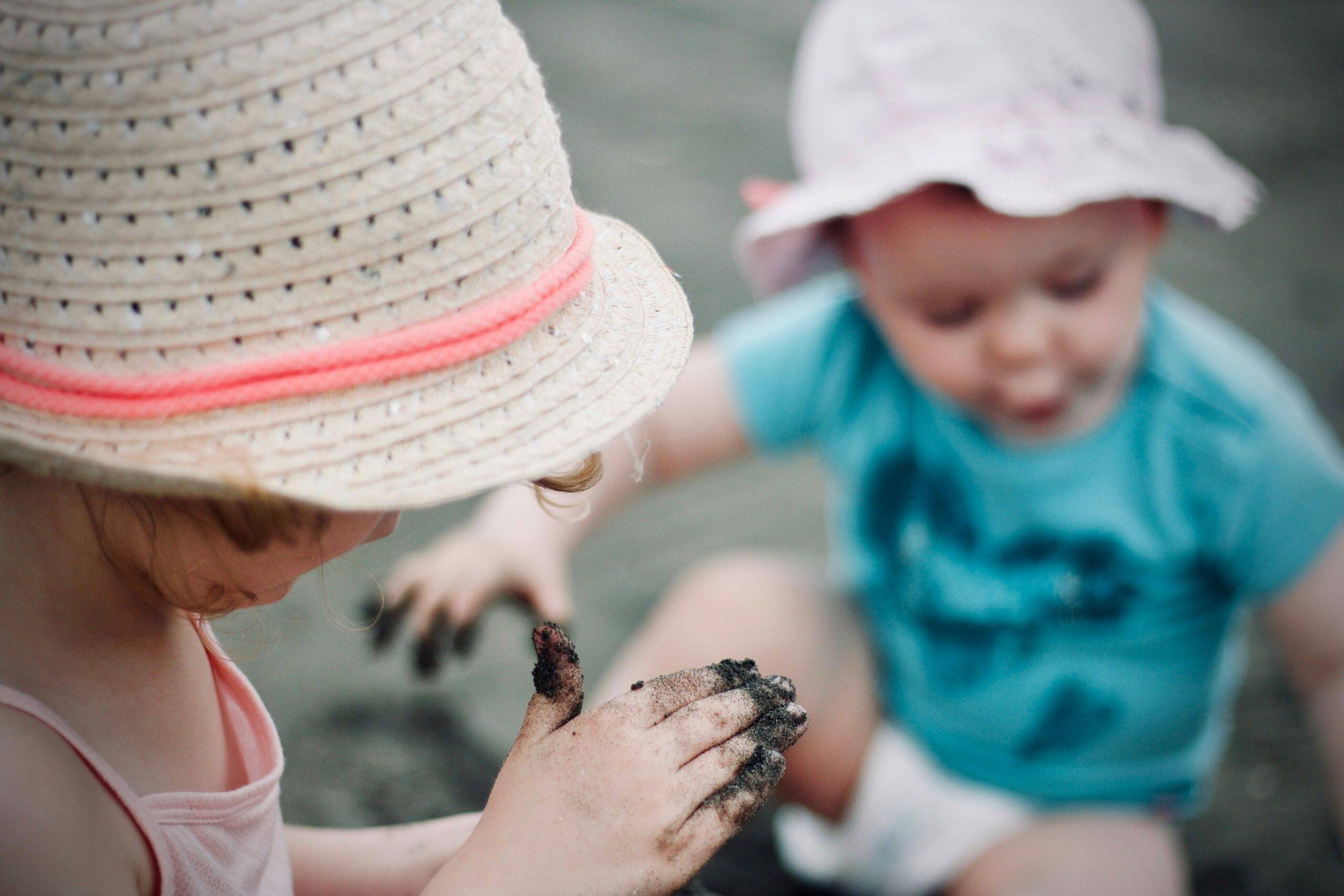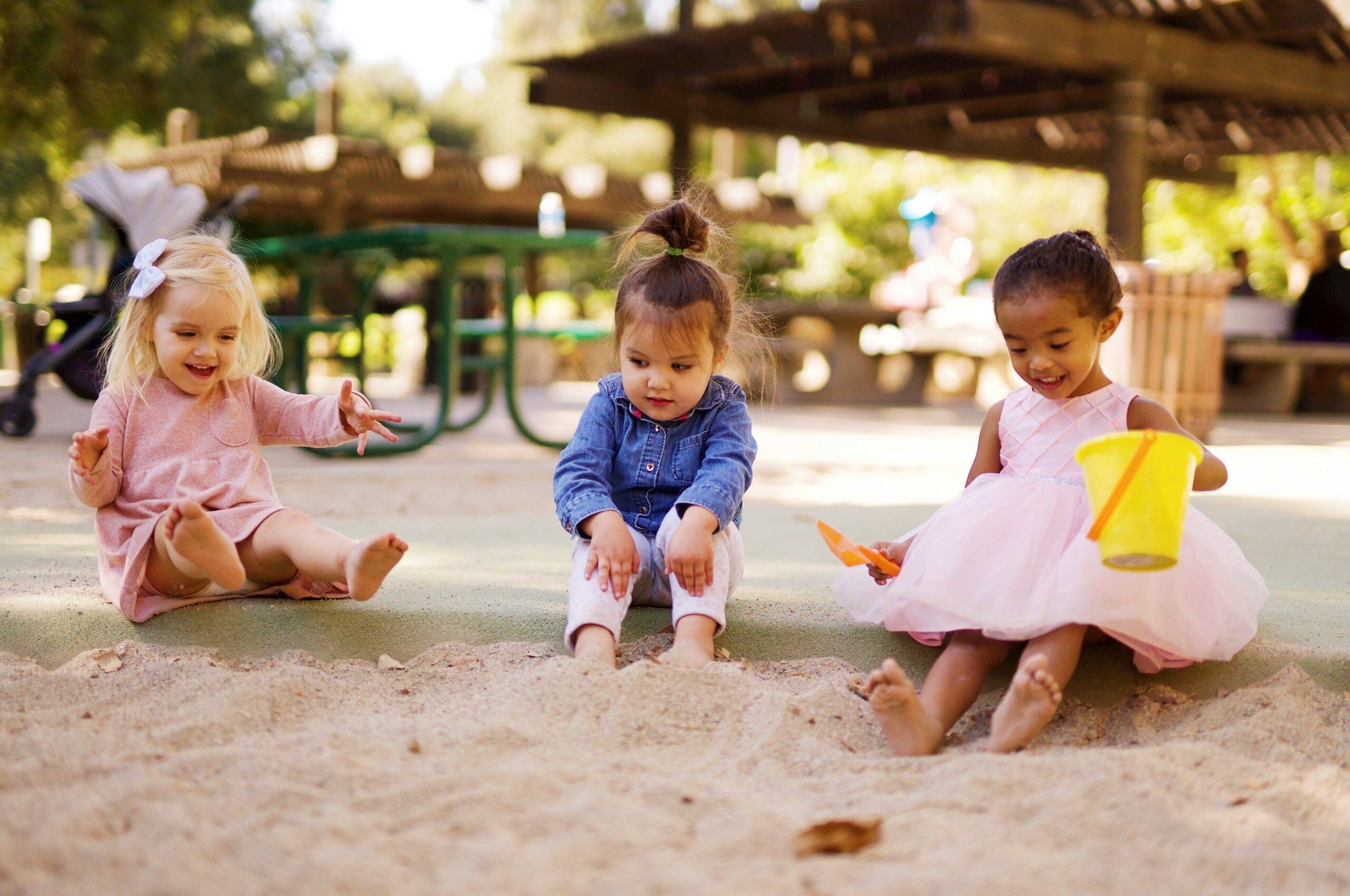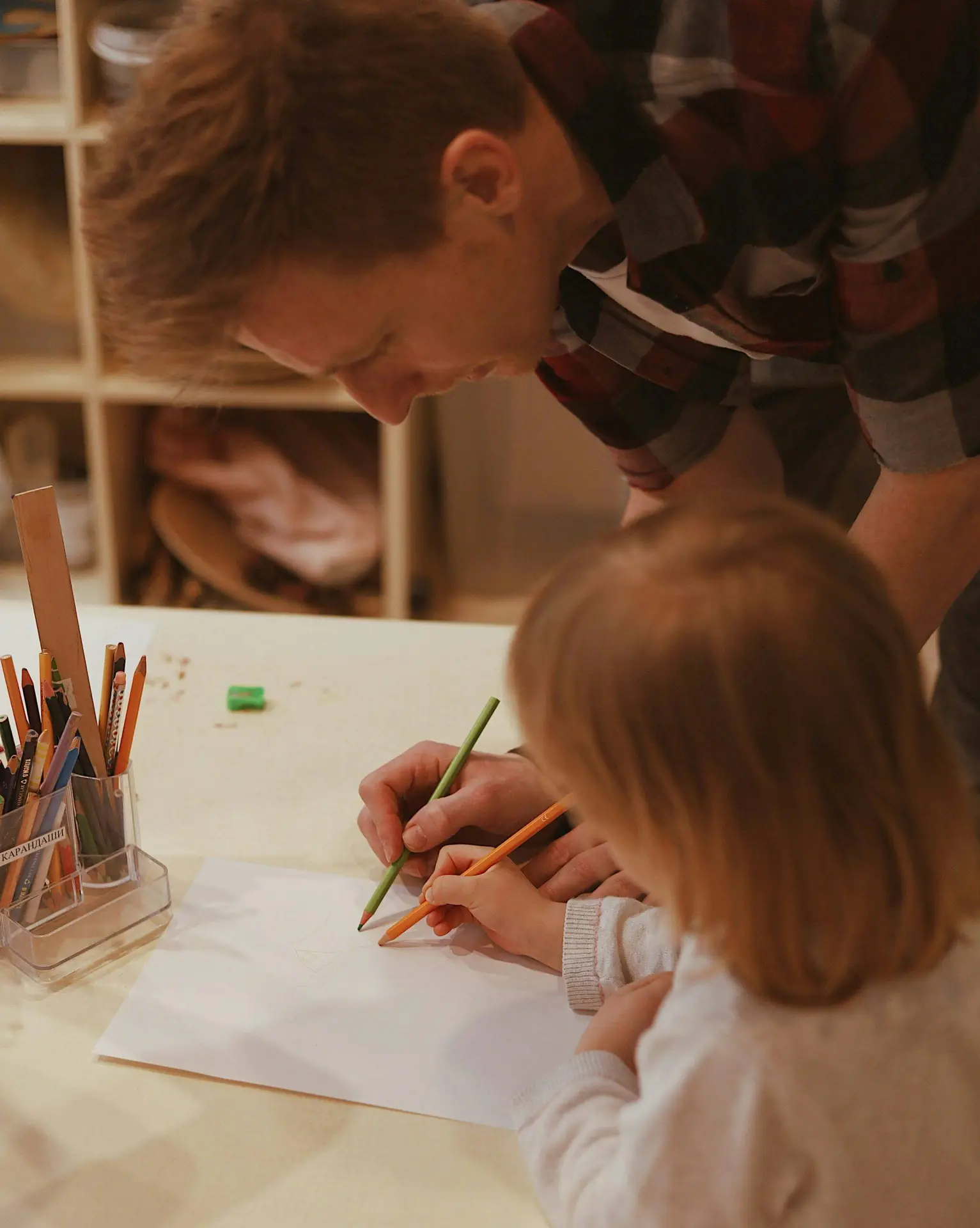Some of the links below may be affiliate links. This means that, at zero cost to you, I will earn an affiliate commission if you click through the link and finalise a purchase. All product recommendations are products that I have used and loved, or products that I would recommend based on experience.
Keen observational skills help kids learn about the world around them
The Oxford Dictionary online defines observation as “the act of watching somebody/something carefully for a period of time, especially to learn something.” It is through keen observation that children (and adults!) learn about the world around them, including how to behave socially.
Observation teaches us to question and wonder and be curious. Even animals are inquisitive and curious, so why are so many of us oblivious to the world around us? So lifeless? So sad? So clueless?
There is nothing more disheartening (or challenging) to a teacher than a disinterested learner. As parents and educators our job is to spark curiosity so that kids become interested in learning, in wanting to know more and wanting to find answers to life’s questions.
It is not the role of a teacher to impose their own beliefs and opinions on students, but it is their role to encourage and facilitate students to ask questions and seek the answers to those questions.
Observation is the spark that ignites curiosity.
How to nurture keen observation skills
Where do you start?
At the beginning! When they are young and pliable and full of zest for life!
Observing your surroundings
Start with your immediate surroundings. Have you ever noticed that when you go for a walk with young children they stop, pick up objects and continue with that object in hand? Or they crouch down and observe the ants marching across the path or stop to look at a flower or a dandelion. That’s your opportunity right there! Take the object home. Let them look at it closely with a magnifying glass. Count the petals. Look at the shape, the colour, the tiny details. Check out my post on how to foster curiosity https://edslessons.com/how-to-foster-curiosity-in-children/
Download my free ebook with tips for developing curiosity and the types of questions that will get kids thinking and curious.
Ask questions
Going on from there, ask wonder questions and encourage children to ask wonder questions. Engage your child in conversation about the object. Expert observation forms the basis of scientific inquiry. Going deeper and encouraging children to observe, compare and explain form the basis of scientific inquiry.
“I wonder if all flowers have the same number of petals?”
“I wonder what type of bird that feather belongs to?”
“I wonder what type of ants those are?”
“I wonder where they live?”
Look for answers
Once you have questions, you need to encourage children to look for the answers to those questions. Depending on the question, the investigation will begin to take shape. Perhaps you will need a book on the subject, or watch a video on YouTube, go to the library or a museum or ask an expert you know. Check that your child understands the learning by encouraging them to explain their findings in their own words.
Spark Creativity
Perhaps the observation of the object might spark creativity in your child. They may like to draw or paint the object or even create a story about the object. The possibilities are endless.
Modelling new learning
It’s obvious that the road to inquiry will depend on the age of the child and the child’s capabilities. All new learning requires modelling, so you as the adult will need to model and together go on the inquiry journey. Eventually as the child becomes a more independent learner, they will learn the process on their own.
Be intentional
All learning and teaching need a goal or an intention, so make it your goal to go outside with your child this week and see where your walks lead you. You’ll be amazed what you can learn when you start observing what’s right there in front of you. And remember your children are watching you!
Taking incidental learning further
When we are observant, we notice those incidental teaching moments which we can capitalise on, and turn them into inquiry projects which bring children’s interests into our lessons, and simultaneously meet curriculum outcomes if that is something we need to do. Check out this post https://edslessons.com/on-the-go-inquiry-based-learning-from-k-2/ for a fabulous resource that helps you and your learners get started with an inquiry project.
Conclusion
Everything that we as adults do is carefully observed by our children and students. If we want thinking, curious kids, then we ourselves at the very least need to model the behaviour of a thinking, curious person. Find out more about observational psychology at https://www.verywellmind.com/what-is-observational-learning-2795402
If you have found this post informative or interesting, please share it and subscribe below to my monthly newsletter to ensure you’re up to date with all the exciting developments at Ed’s Lessons.
Do you have a question that may be addressed on the podcast? Leave a voice message below.

